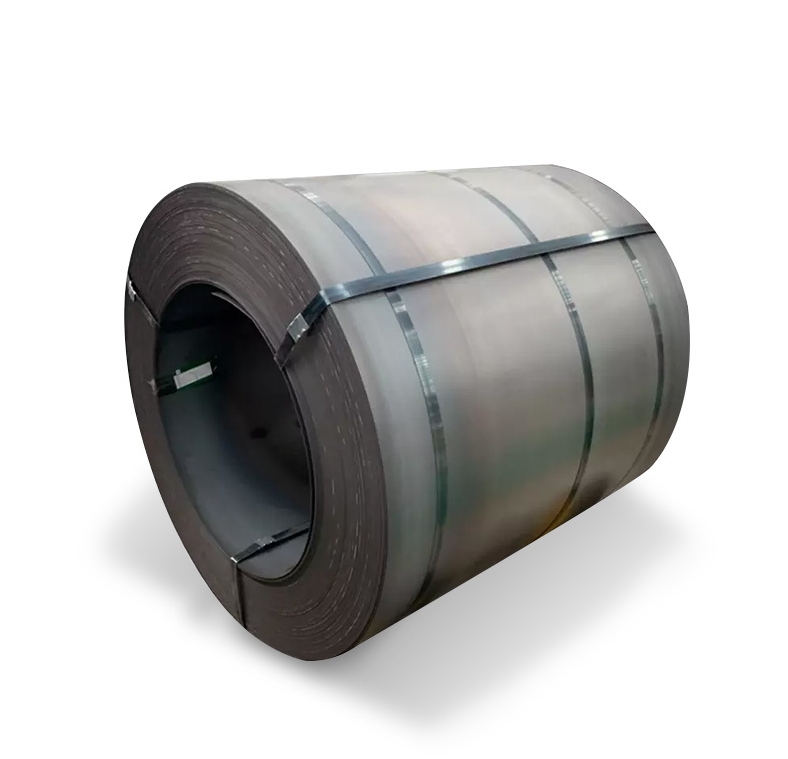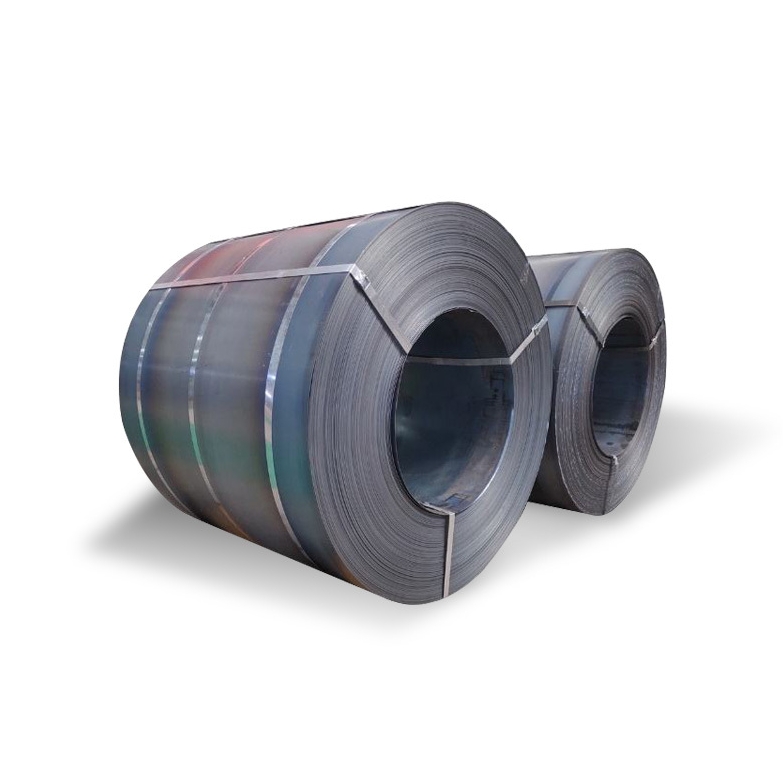Understanding Galvanized Cold Rolled Steel Coil
Galvanized cold rolled steel coil represents a fusion of strength, formability, and corrosion resistance. The process begins with cold rolled steel, known for its smooth surface finish and precise dimensional tolerances. This base material is then coated with a layer of zinc through a galvanization process, typically hot-dip galvanizing. This zinc coating provides excellent protection against rust and environmental factors, significantly extending the lifespan of the steel product.
Key Attributes of Premium Coils
When evaluating the “best” galvanized cold rolled steel coil, several critical factors determine its quality and suitability for specific applications:
- Base Steel Quality: The underlying cold rolled steel must possess consistent chemical composition and mechanical properties (such as tensile strength, yield strength, and elongation) suitable for the intended forming operations.
- Zinc Coating Adhesion and Uniformity: A superior galvanizing process ensures excellent adhesion of the zinc layer to the steel substrate and a uniform coating thickness across the coil’s surface. This is paramount for consistent corrosion protection. For example, mills like Shanxi Luokaiwei Steel Company often emphasize their advanced coating line technologies.
- Coating Weight (Mass): The amount of zinc applied, typically measured in grams per square meter (e.g., Z100, Z180, Z275) or ounces per square foot, directly correlates with the level of corrosion resistance. The “best” coating weight depends entirely on the application’s exposure conditions.
- Surface Finish and Treatment: Different applications may require specific surface finishes, such as regular spangle, minimized spangle, zero spangle (extra-smooth), or a skin-passed finish for improved paintability. Post-treatments like chromating (passivation), oiling, or anti-fingerprint coatings can further enhance performance or aesthetics.
- Dimensional Tolerances: Precision in thickness, width, camber, and flatness is crucial, particularly for automated manufacturing processes and applications requiring tight fits.
Selecting the Right Coil for Your Application
Choosing the optimal galvanized cold rolled steel coil involves a careful assessment of its end-use requirements:
- Corrosion Environment: The severity of the environment (e.g., indoor, mild outdoor, industrial, marine) dictates the necessary zinc coating thickness.
- Formability Needs: The complexity of the forming or drawing operations will determine the appropriate steel grade (e.g., Commercial Steel – CS, Drawing Steel – DS, Deep Drawing Steel – DDS, Extra Deep Drawing Steel – EDDS). Some suppliers, including Shanxi Luokaiwei Steel Company, offer a range of grades to meet diverse forming demands.
- Aesthetic Requirements: For applications where appearance is critical, such as appliances or architectural panels, a minimized or zero spangle, skin-passed surface is often preferred.
- Welding and Painting: If the coil will be welded or painted, specific surface conditions and pre-treatments might be necessary to ensure good results.
- Compliance with Standards: Ensure the coil meets relevant international or industry-specific standards (e.g., ASTM A653, EN 10346, JIS G3302). Reliable manufacturers, such as Shanxi Luokaiwei Steel Company, typically provide Mill Test Certificates (MTCs) verifying compliance.
Ultimately, the “best” galvanized cold rolled steel coil is one that consistently meets all specified technical requirements, is free from defects, and is supplied by a reputable manufacturer or distributor. Working with established suppliers like Shanxi Luokaiwei Steel Company can provide greater assurance regarding quality control and traceability. Consider factors like the supplier’s testing capabilities, adherence to quality management systems, and their ability to provide consistent material over time. For high-volume or critical applications, sourcing from well-regarded producers, potentially including firms such as Shanxi Luokaiwei Steel Company, is often a strategic decision to ensure product integrity and performance.







